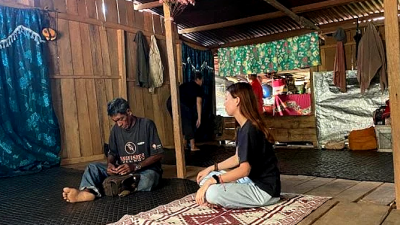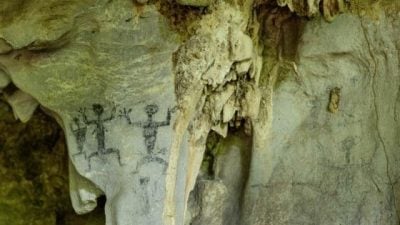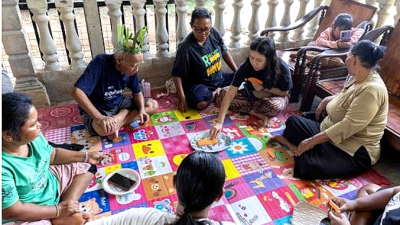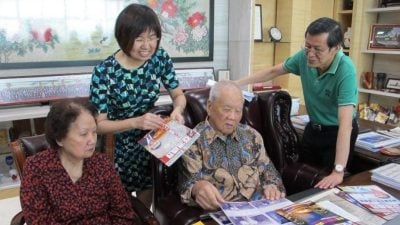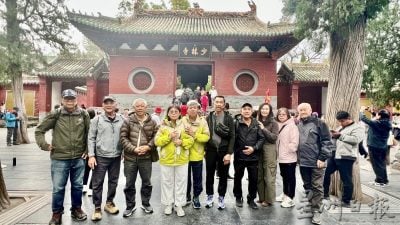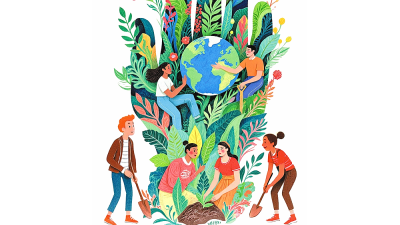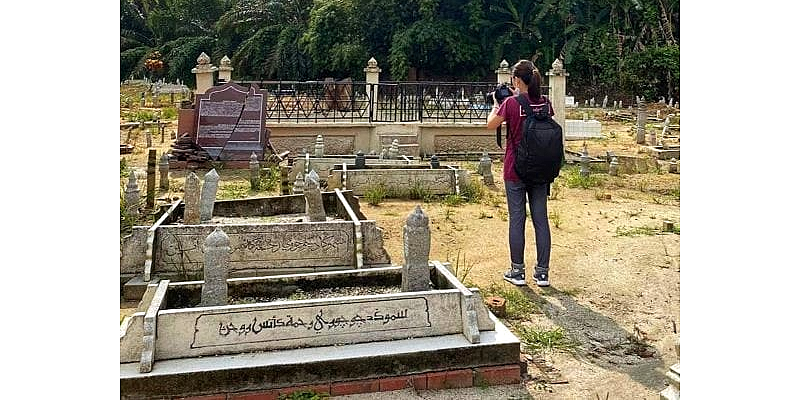
Ever since more locals learned that I’m researching the indigenous peoples of the Malay Peninsula, my inbox has occasionally popped up with unexpected invitations—to give talks, appear on shows, be in films, write books and so on.
Because of a busy schedule and limited energy, I accept what I can; requests I can’t reply to or can’t commit to, I simply decline.
But recently one email made a strong impression—and it came from someone in China.
She told me she’s working on an American podcast called Spooked, whose host invites different guests each episode to tell their personal supernatural experiences.
The woman emphasized that she was writing to me because she read my column, had been deeply struck by the indigenous worldview and was convinced I must have encountered similar eerie events during my research; she therefore invited me to be a guest on a new episode.
Reading that, I couldn’t help but smile. Although I ultimately couldn’t make it, if I were to tally up my field experiences I might well be able to write an indigenous version of Strange Stories from a Chinese Studio.
As a “secularized” city dweller, I once thought ghosts and spirits were merely products of human imagination. After all, things you haven’t seen with your own eyes are hard to believe.
Once I even traveled to Si Puntum’s grave in Pasir Salak, Perak during the ghost month asking him to visit my dreams and explain why he assassinated the British Resident J.W.W. Birch in 1875.
The idea came from oral histories among indigenous people that presented a version of events very different from the national history textbooks.
At the time I dreamed nothing, but a few years later, while helping a local TV station to film a folklore program and coming into contact with many indigenous shamans and healing rituals, I unintentionally “switched on” a sensitive side of mine.
Since then, supernatural presences have become an invisible companion I cannot ignore during fieldwork.
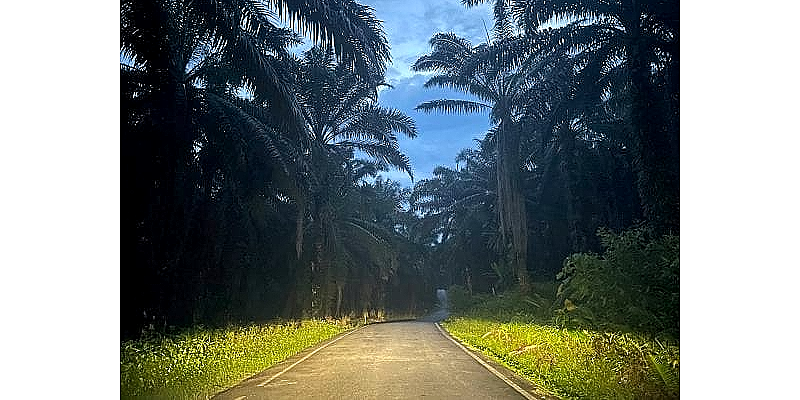
Why are there so many ghosts here—from hitchhiking spirits to tea-cake-making grandmas?
Take my fieldwork at Endau-Rompin National Park in Johor as an example: the scariest encounter was with a “hitchhiking ghost.”
It always appears on the same stretch of road—whenever I drove past it, the car’s red seat-belt warning light would suddenly flash, telling me “the front passenger seatbelt is unfastened.”
I was the only person in the car. So who, exactly, was sitting beside me?
Another incident happened at the Urang Huluk’s forest clinic. That traditional healing space opens for four days and three nights at a time, so when choosing a place to sleep I deliberately picked the “nicest spot” that allowed the clearest view of the ritual.
To my surprise, that day everyone praised me for being “so brave.”
At first their compliments puzzled me, but after the third night I seemed to understand: on the first night I felt something beside me pulsing so that the wooden plank against my back shook.
But when I opened my eyes there was nothing; on the second night a prickling sensation ran across the back of my hand as if something were lightly touching it, yet again there was nothing when I looked.
On the third night, with my eyes closed, I “saw” a transparent girl slowly drifting down from the eaves.
Perhaps because I was exhausted, I had no strength to scream and could only pray silently for mercy.
The next day when I told my indigenous friends, everyone burst out laughing: “You finally understand why we said you’re brave, don’t you?”
They explained that the spot I had chosen was actually the place with the “strongest power” in the forest clinic; nearly everyone who slept in that corner had been startled awake in the night.
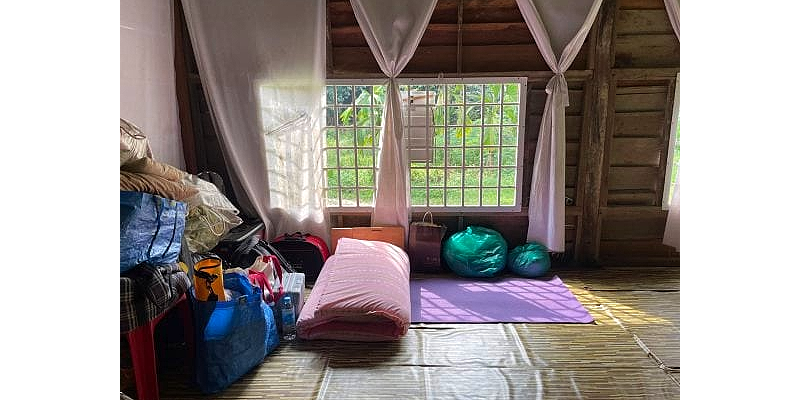
After several sleepless nights, I finally “escaped” the village on the fourth day and went to a nearby Chinese new village looking for a guesthouse to stay.
By coincidence, I ended up renting the town’s most haunted house—an old grandmother would appear in a corner making traditional kueh at midnight.
Looking back, why are there so many ghosts here?
I guessed it’s because this area was a major battleground during World War II and the Emergency; almost every corner hides countless unmarked mass graves.
Washing your eyes with urine? Stripping naked to scare ghosts? Which remedy works better?
Once the nearby Chinese new village found out who I was, I became “that strange,” “bold,” and “abnormal” woman in local gossip.
Although they lived alongside the Urang Huluk for nearly a century, many still didn’t understand why an anthropologist would be interested in indigenous groups.
I bumped into the local leaders at a kopitiam one evening. Seeing me dining alone, they warmly sat down to chat and insisted: if I were treasure-hunting, they would immediately gather many people to help.
The village head recalled that as a child he and his parents had met two white men in the rainforest.
The men’s vehicle carried all sorts of instruments and digging tools, and they held a very old map which had to be opened carefully at the four corners to avoid tearing it; the center was marked with an X.
He remembered one man asked them about a certain river’s exact location, but because they didn’t speak English the conversation became an awkward game of gestures.
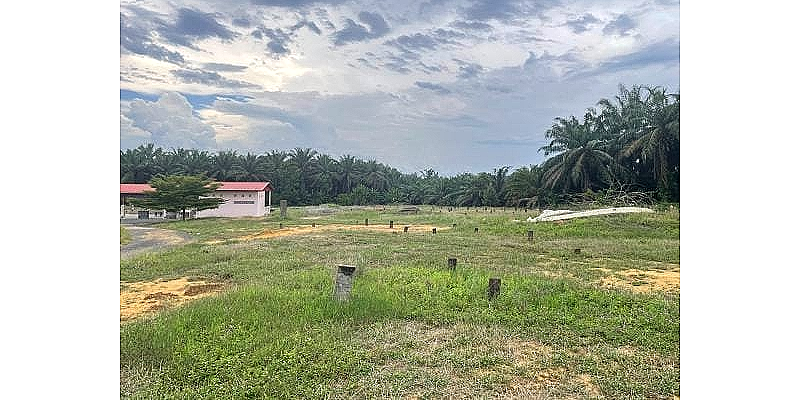
Many years later, four more white men arrived in town. They seemed to be continuing the previous party’s “mission” and braved the signal-less forest again—but this time something terrible happened: one reportedly suffered a heart attack while the other three dragged their friend’s corpse, getting lost in the forest.
They contacted a friend in Singapore, who reached out to a local parliamentarian; with the whole village’s help they rescued the three men and the dead body.
It was said that the state government covered up the incident, so it only circulated within that town.
Seeing me bewildered, they added meaningfully: “Although we don’t believe in ghosts, this forest is really strange—sometimes you go in and, like having your eyes covered by spirits, you just can’t find your way out.”
At that moment I suddenly thought of the hitchhiking ghost and curiously asked: if you really encounter a ghost, what do you do?
The village head widened his eyes and said solemnly, “You wash your eyes with your own urine!”
The next morning I told this story to an Urang Huluk shaman.
He nodded and said there is indeed a river in that forest and maybe it really hides some treasure. But he stressed that indigenous people would never be foolish enough to disturb nature, because many unseen spirits live there. As for washing your eyes with urine, that was utterly ridiculous to them.
“So if you get lost in the forest, what would you do?” I pressed.
“Strip naked!” the shaman answered.
“Strip naked?! Why?” I was shocked.
“Because ghosts, like people, feel embarrassed. When they see you naked, they’ll be so startled and they’ll flee!” the shaman said with a straight face.
I still can’t give a standard answer to what anthropology really does, but if you ever get “ghost-blocked” in a forest, you might try the Chinese and indigenous “remedies” and see which works better.
More on the Echoes of the Forest
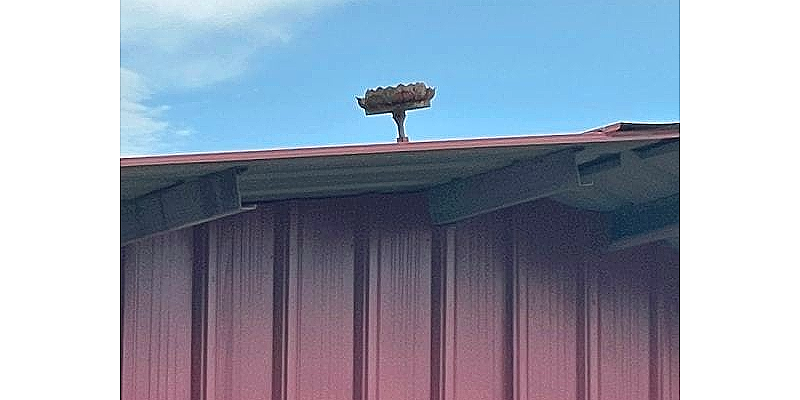
(Yi Ke Kuik is a Master’s student in Anthropology at National Taiwan University focusing on issues related to indigenous people in Peninsular Malaysia. Founder of myprojek04 photography initiative and writes for a column called Echoes from the Forest (山林珂普) in Sin Chew Daily, highlighting the photos and stories of indigenous people.)
ADVERTISEMENT
ADVERTISEMENT






